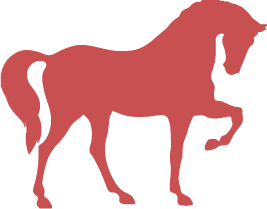BLUE FRIDAY DEALS AT TUCKERS STORE
SHOP NOW: Friskies – 10KG SHOP NOW: Kilver Pig & Poultry Wormer SHOP NOW: NexGard Spectra 3 & 6 Packs SHOP NOW:…
Free Delivery when you spend $49 or more. (Weight Limits Apply – view more)
 Dog
Dog

Shop Tuckers great range of dog food, health care & wellness products today. Delivered or Click & Collect.
 Cat
Cat

Tuckers has a great range of cat food, health care & litter products for your beloved cat. Shop now.
 Horse
Horse

Tuckers carry a huge range of food, supplements, health care, hoof care and grooming accessories. Shop now.
 Chook/Bird
Chook/Bird

Tuckers range of food, accessories & health care products will keep your chooks & birds happy and healthy.
 Small Animal
Small Animal

Shop food and health care products for your little mates @ Tuckers. Delivered or Click & Collect.
 Farm/Garden
Farm/Garden

Tuckers carry a wide range of sheep & cattle products, plus everything you’ll need around the farm or garden.
 Dog
Dog

Shop Tuckers great range of dog food, health care & wellness products today. Delivered or Click & Collect.
 Cat
Cat

Tuckers has a great range of cat food, health care & litter products for your beloved cat. Shop now.
 Horse
Horse

Tuckers carry a huge range of food, supplements, health care, hoof care and grooming accessories. Shop now.
 Chook/Bird
Chook/Bird

Tuckers range of food, accessories & health care products will keep your chooks & birds happy and healthy.
 Small Animal
Small Animal

Shop food and health care products for your little mates @ Tuckers. Delivered or Click & Collect.
 Farm/Garden
Farm/Garden

Tuckers carry a wide range of sheep & cattle products, plus everything you’ll need around the farm or garden.
Home / Articles / Chook/Bird / Preparing your chickens for Winter

Now that we have reached the cold winter months many may wonder how or what they need to do to keep their feathered friends warm and in good health. Here are a few insights and guidelines to help you support your flock from June through to August.
As the day light hours start to decrease from autumn on, they signal to a laying hen that it is time to reduce or even cease egg production, and to shed feathers that need replacing, most commonly around their tail or neck. Winter is therefore a period that allows your hens to have a rest and rejuvenate for the next laying season.
Feathers are by far the best asset to the bird during winter. They are great insulators and they also contain an oily fat coating, which acts as a waterproofing layer. Chickens are able to puff out their feathers to trap air, which is then heated by their body to provide a layer that buffers them from the colder outside temperatures. However, in the weeks following their annual moult this ability is compromised so it is important that we step in to help them out.
Chickens need somewhere safe and warm that they can escape to from the cold, rain, or strong winds, all of which are much more prevalent during the winter months. In fact, don’t be surprised if you go to let your chickens out to free range on bad weather days if they choose to stay within the coop itself.
Because a chicken can get sick and go downhill very quickly if its body temperature is not maintained, it is critical that their coop is dry, clean and free of draughts but still well ventilated to reduce ammonia build up. Check the coop weekly to ensure that leaks or draughts have not developed, and if detected, address them straight away.
Other important housekeeping to do over the winter months is to ensure that the bedding in the coop and nesting boxes is fresh and replaced regularly. Fresh bedding is a great insulator and will also help keep away mites and other parasites who, in turn, are looking for a warm haven over winter.
If you haven’t done so already, build your chickens’ roosts within their coops. Roosts provide another natural way to keep your chickens warm, by getting them away from the ground where colder, moist air will accumulate.
While chickens may not be laying during winter, they still have a need for a nutritious feed. Replacing feathers lost, maintaining and building condition for the laying season ahead and maintaining their core body temperature requires energy, protein and other nutrients. Protein is the key building block for the majority of bodily functions and structures – for example, feathers typically contain 80-85% protein (Keratin). Therefore, it makes sense to increase the protein offered to your birds during the winter months This can be achieved by moving them onto a high protein commercial ration or by supplementing their diet with higher protein treats.
WINTER TIPS FOR BACKYARD CHICKENS
For more information on Barastoc products, contact your local Tuckers store via one touch call, email or phone
Or call Barastoc 1300 666 657 – visit: www.barastocpoultry.com.au • email: [email protected]
Entire range - quick and secure delivery
Buy securely online and pickup at your local store
Call your local store and come on down to pickup
© 2025 Tuckers Pet & Produce.
